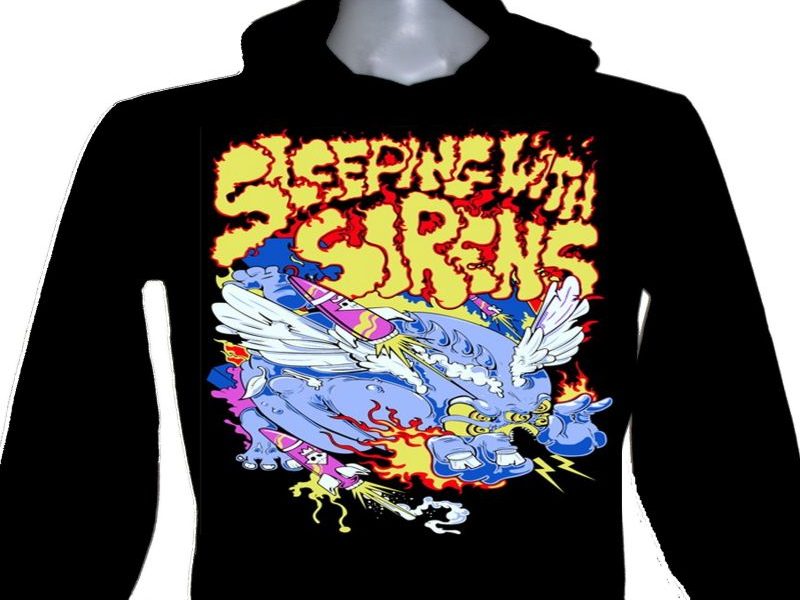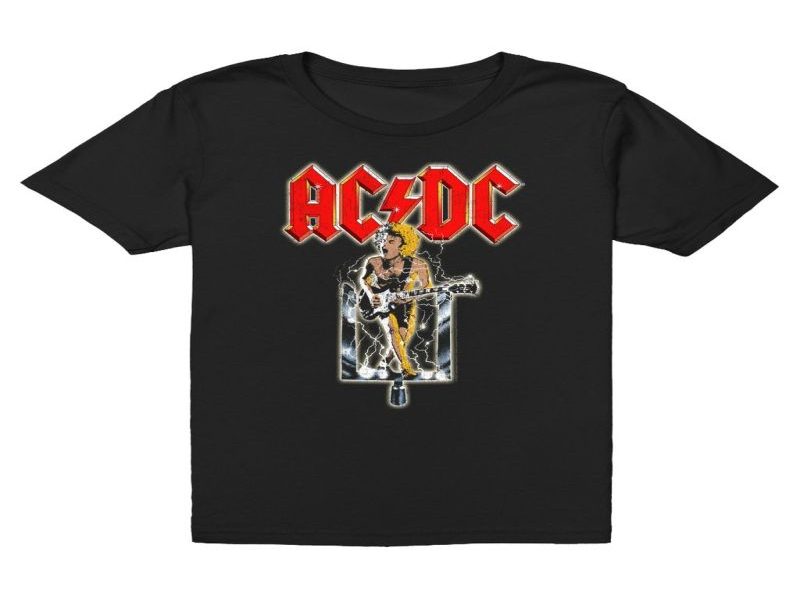Suddenly the Pasha waves his hand, and Clara and her Prince are separated and begin to free fall. At the top, she and the Prince, locked in each other’s palms, are magically levitated using the pasha after bidding farewell to the Court. She broadcasts that her mother and father are behind the small door within the wall. Those that lived in small towns could have found it humorous how those not fond of national roads bought another motive to hate them. The Nutcrackers I’ve seen have all been dull. Then you will have a variety of people who do dances that seem to move on and on advert nauseam. The Prince and the jealous, one-eyed Pasha, who strongly resembles Drosselmeyer, develop a rivalry over Clara.
She emerges from the coat onto a wintry pavilion, where she finds the Nutcracker transformed into a handsome prince. Pyotr Ilyich Tchaikovsky’s fashionable 1892 ballet The Nutcracker is derived coraline doll painting from E. T. A. Hoffmann’s 1816 story The Nutcracker and the Mouse King. The movie emphasizes the darker features of Hoffmann’s unique story and the importance of dreams and imagination. The ballet’s situation, crafted via Ivan vsevolozhsky and Marius Petipa after a French adaptation by Alexandre Dumas, is far easier and less nuanced than Hoffmann’s authentic story. Vsevolozhsky and Petipa entirely omitted the Nutcracker character’s complex backstory, The Story of the Exhausting Nut. They expanded a brief, satiric passage set in a kingdom of sweets to cover the completion of act II.
Different leads included Patricia Barker because the older Clara in the dream, and Wade Walthall, the Nutcracker Prince. The Nutcracker crawls in the sleeve after the fleeing mouse, and Clara follows him, becoming a grownup as she wanders via the coat’s passageways. The ballet’s scenario also launched smaller modifications, such as changing the heroine’s title from Marie to Clara. Clara and the Prince sail away to a castle, where they are welcomed by the Prince’s Royal Courtroom. She and the Prince dance a romantic Pas de Deux. They dance romantically, and as they leave, the snow falls, and the snow fairies appear to dance the Waltz of the Snowflakes. The cinematography, by making appreciable use of close-ups and medium pictures, attempts to bring viewers closer to the psychology of the primary characters.



